... and a Happy 2008
Published on
Translation by:
Sarah GrayItaly, Austria, Portugal, Romania and the UK - some of our top spots to ring in the new year
Italy: flying crockery
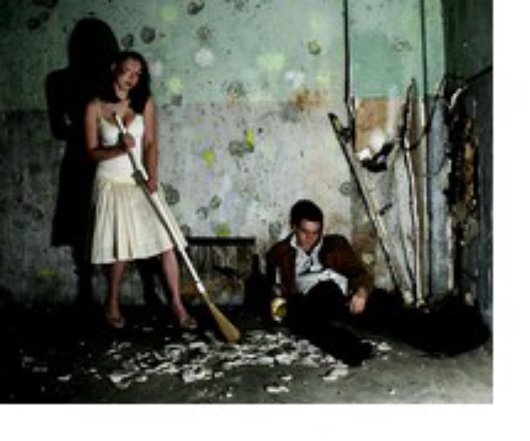 For Italians the night of ‘Saint Sylvester’ – the 31st of December – is definitely an all-nighter. The saying goes that those who sleep on New Year’s Eve will sleep all year round – not an auspicious start to the year. To avoid a year of boredom, Italians make sure the party lasts all night with the champagne and beer flowing freely.
For Italians the night of ‘Saint Sylvester’ – the 31st of December – is definitely an all-nighter. The saying goes that those who sleep on New Year’s Eve will sleep all year round – not an auspicious start to the year. To avoid a year of boredom, Italians make sure the party lasts all night with the champagne and beer flowing freely.
In Naples, tradition states that old clothes, furniture and crockery should be disposed of at the end of the year – by being thrown out of windows. Festivities continue the next day – Capodanno – New Year’s Day. The bravest residents of Rome launch themselves from the Cavour bridge into the icy waters of the Tiber. Those a bit more sensitive to the cold prefer a relaxed lunch of Modena’s famous dish zampone – stuffed pig’s trotter and lentils – a favourite at New Year
Austria: lucky lead
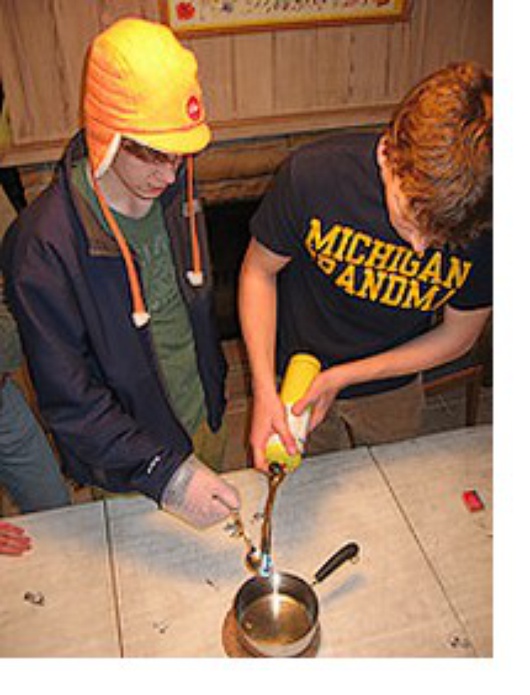 New Year is also a big deal in Austria, where people indulge in an evening-long feast. Just before midnight they go out into the streets and toast the New Year with a glass of champagne. Vienna is transformed into an enormous ballroom as the Pummerin – the largest bell in the country – chimes midnight and thousands dance to its waltz. The Austrians, like their German neighbours, also follow the tradition of melting a piece of lead over a candle. When it has melted they throw it into cold water and try to guess its shape when resolidified – these shapes are omens for the year ahead. Another tradition is the giving of lucky charms – marzipan pigs and four-leaf clovers
New Year is also a big deal in Austria, where people indulge in an evening-long feast. Just before midnight they go out into the streets and toast the New Year with a glass of champagne. Vienna is transformed into an enormous ballroom as the Pummerin – the largest bell in the country – chimes midnight and thousands dance to its waltz. The Austrians, like their German neighbours, also follow the tradition of melting a piece of lead over a candle. When it has melted they throw it into cold water and try to guess its shape when resolidified – these shapes are omens for the year ahead. Another tradition is the giving of lucky charms – marzipan pigs and four-leaf clovers
Portugal: twelve grapes, twelve wishes
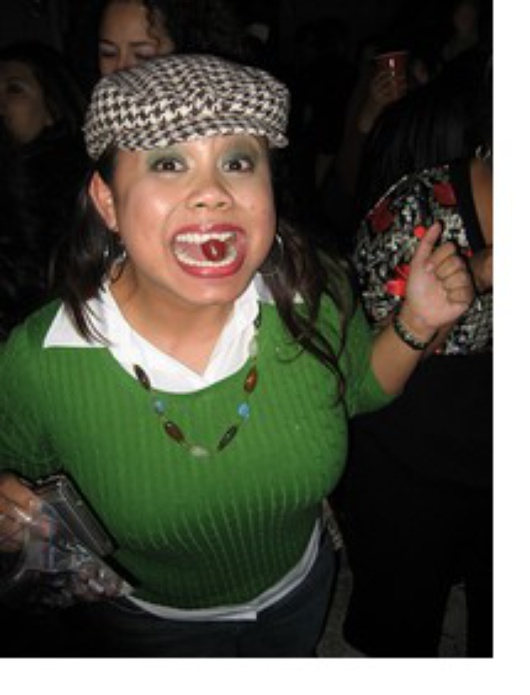 The Portuguese say ‘What you do in the first hours of the New Year will be repeated all year round’. In order to have good luck all year round they climb on a chair at midnight, eat twelve grapes and make twelve wishes, one for each month of the year. For it to work they mustn’t forgot to wear new blue underwear (but in Spain it has to be red).
The Portuguese say ‘What you do in the first hours of the New Year will be repeated all year round’. In order to have good luck all year round they climb on a chair at midnight, eat twelve grapes and make twelve wishes, one for each month of the year. For it to work they mustn’t forgot to wear new blue underwear (but in Spain it has to be red).
Aside from these superstitions, the Portuguese like to spend New Year with family and friends and celebrate in the open air. Some still follow the tradition of making a racket banging pots and pans and shouting ‘Janieras’ at each house, to wish the neighbours Happy New Year. Those looking for the best parties head south for the ‘movida’ on the Algarve, or go to Madeira to attend the ‘world’s biggest firework display’, according to the Guinness Book of World Records no less – across an area 6km by 2.7km spanning the bay of Funchal, capital of Madeira, ‘pearl of the Atlantic’.
Romania: Noisy ploughs
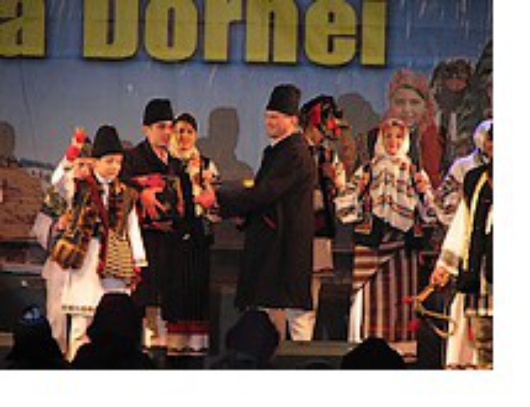 ‘Revelionul’, the New Year’s celebrations in Romania, are shared with family and friends until the small hours, with many meeting up to celebrate in the streets, just as they did to mark the country’s entry to the EU on the 1st January 2007. At dinner the seasonal treats include ‘sarmale’ (a mixture of rice and meat wrapped in cabbage leaves, served with cream), and lots of traditional cakes such a ‘cozonac’, made with walnuts. In rural areas older, pagan traditions still survive, and small groups of locals dress up and pull a miniature wooden plough through the streets. As the ‘Plugusorul’ passes children ring bells and recite traditional poems of good will for the New Year.
‘Revelionul’, the New Year’s celebrations in Romania, are shared with family and friends until the small hours, with many meeting up to celebrate in the streets, just as they did to mark the country’s entry to the EU on the 1st January 2007. At dinner the seasonal treats include ‘sarmale’ (a mixture of rice and meat wrapped in cabbage leaves, served with cream), and lots of traditional cakes such a ‘cozonac’, made with walnuts. In rural areas older, pagan traditions still survive, and small groups of locals dress up and pull a miniature wooden plough through the streets. As the ‘Plugusorul’ passes children ring bells and recite traditional poems of good will for the New Year.
United Kingdom : Scottish torchlight parades
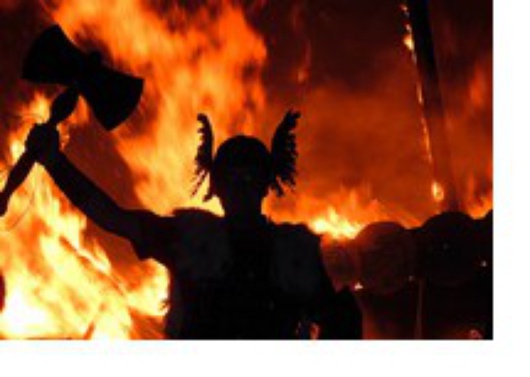 Edinburgh is famous for its New Year’s Eve or ‘Hogmanay’ celebrations, the Scottish capital is Europe’s top destination for the 31st December, favoured by Scots and tourists alike – 100,000 people go there each year. The celebration of ‘Hogmanay’ [the name either derives from the Gaelic 'oge maidne' (for the new morning), or from the French ‘homme est né’ (man is born)] is closely linked to pagan traditions of the winter solstice. According to legend, the Vikings, Celts and Romans had several days and nights of ritual dancing around fires to battle the cold and the dark. In Edinburgh today the same atmosphere is recreated – adults and children dress up as barbarians and carry flaming torches along the Royal Mile and through the city.
Edinburgh is famous for its New Year’s Eve or ‘Hogmanay’ celebrations, the Scottish capital is Europe’s top destination for the 31st December, favoured by Scots and tourists alike – 100,000 people go there each year. The celebration of ‘Hogmanay’ [the name either derives from the Gaelic 'oge maidne' (for the new morning), or from the French ‘homme est né’ (man is born)] is closely linked to pagan traditions of the winter solstice. According to legend, the Vikings, Celts and Romans had several days and nights of ritual dancing around fires to battle the cold and the dark. In Edinburgh today the same atmosphere is recreated – adults and children dress up as barbarians and carry flaming torches along the Royal Mile and through the city.
Top Ten locations for when the clock strikes midnight
 Rome : in Piazza Navona, or in front of the Trevi Fountain
Rome : in Piazza Navona, or in front of the Trevi Fountain
Lisbon : in the Place do Comércio or the Parque des Nations, on the banks of the river Tagus
Berlin : at the Brandenburg Gate, not far from the remains of the Berlin Wall
Paris : on the Champs-Elysées or in the Champs de Mars, by the Eiffel Tower
Madrid : in the Porta del sol Square, by the huge clock with four faces.
London : in Trafalgar Square in front of the National Gallery, or in front of Big Ben.
Prague : the Old Town or on the banks of the Vlata.
Brussels : in the gardens of the Parc de l'Albertine, on the Monts des Arts.
Vilnius : by the city’s Christmas Tree in the Cathedral Square.
Budapest : Oktogon Square, Vörösmarty Square or Nyugati Square
In-text photos: homepage (©modelux.com), Italy (©Mitchkitter/ Flickr), Austria (©cicadashell/ Flickr), Portugal (©lazy6262/ Flickr), Romania (©Ioara Magazin/ Flickr), UK (©chatirygirl/ Flickr), in-box photo (TheAlieness/ Flickr)
Translated from Réveillon traditionnel, année sensationnelle !



